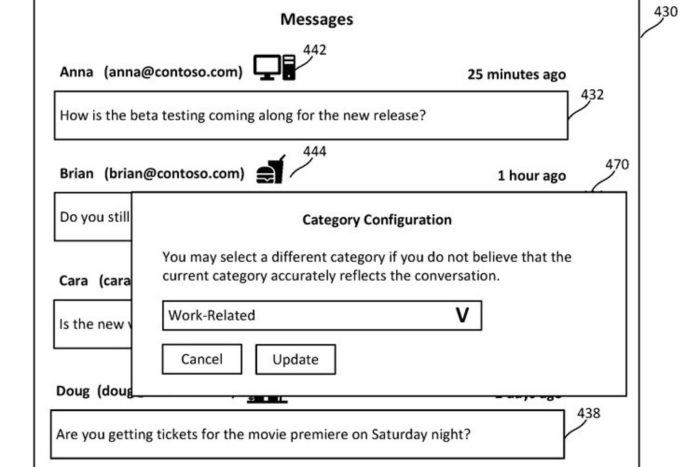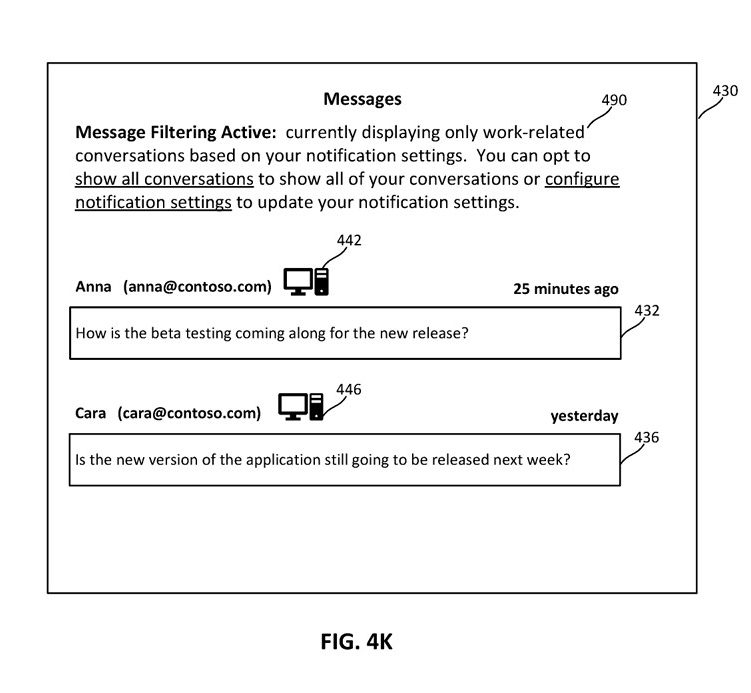Microsoft Teams and other Windows apps could soon let users control which notifications and conversations are shown on their devices
The technology can be implemented on a variety of devices.
3 min. read
Published on
Read our disclosure page to find out how can you help Windows Report sustain the editorial team Read more

Microsoft Teams and other Windows native apps, as well as the suite of productivity apps in Microsoft 365 could soon let users have a much greater control over which notifications and conversations can be shown on their devices.
Microsoft describes this technology in a patent published recently: there is a system that controls which notifications and conversations are shown on a user’s devices.
Each device is put into a category. These categories are linked to different times, and each time has information on which device categories can show notifications.
This information also shows which types of messages can have notifications shown for them at that time, and which types of conversations can be shown or hidden.
The type of message can be decided based on what the user says, as you can see in the featured image above, or by using a machine learning model that can predict the type of message.
According to the patent, the Redmond-based tech giant intends to develop this technology as overarching: that means, it will be supported on any kind of portable device, whether we’re talking about a laptop, desktop, mobile phone, tablet, gaming console, or even digital assistants, such as Copilot.
The user devices are each a computing device that may be implemented as a portable electronic device, such as a mobile phone, a tablet computer, a laptop computer, a portable digital assistant device, a portable game console, and/or other such devices.
But the technology can also be implemented on applications, and platforms such as Microsoft Teams or Edge, and Skype can allow users to filter and restrict certain notifications.
The technology would mean that users will have much greater control over the privacy of their conversations, attachments, documents, and notifications.
In situations where personal devices are used to attend or even present in a Teams meeting, for instance, popping notifications can not only ruin the experience but also expose sensitive information to all participants.
WhatsApp, for instance, introduced a similar technology that allows users to lock their notifications: instead of previewing them, and the app only notifies the users that someone sent a message.
This is not the first patent the Redmond-based tech giant released regarding Microsoft Teams. Earlier this year, we discovered that Microsoft was developing an attention-tracking technology for the platform that knows if you’re not paying attention during online meetings.
Given that Microsoft Teams is becoming more and more popular around the world, and it’s one of the world’s leading apps for working environments, it’s quite a shocker that Microsoft hasn’t updated it to support notification control. However, this patent might change that.








